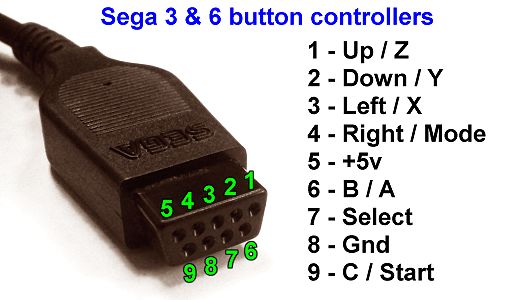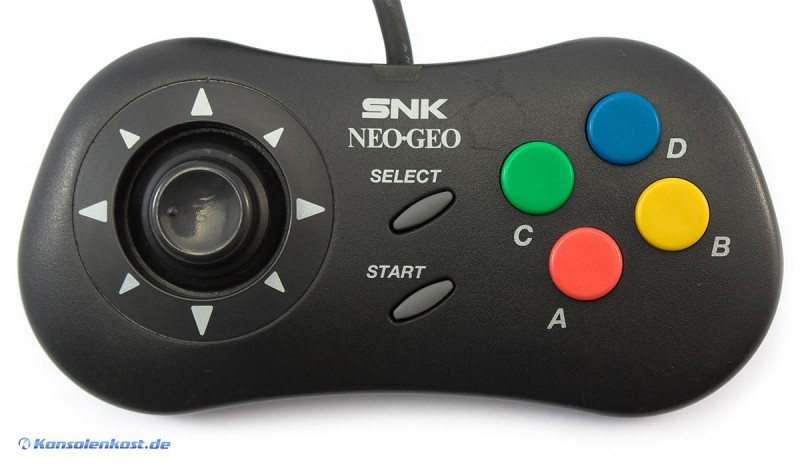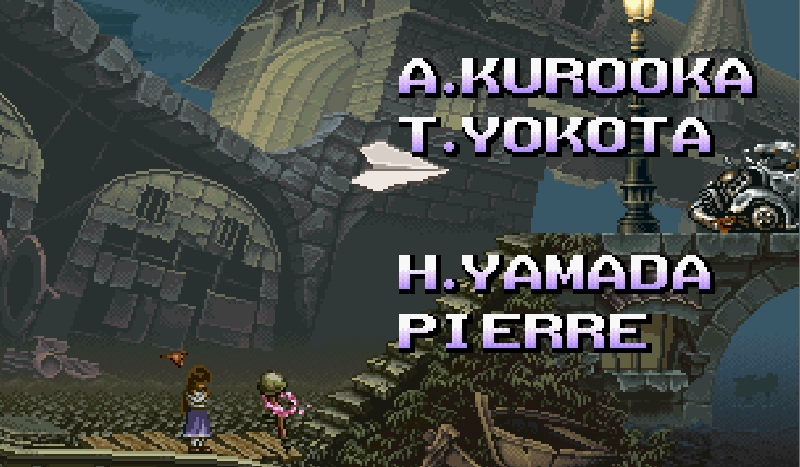Sumez wrote:
The base supergun (a power supply + wiring from a JAMMA connector to the PSU and plugs for controls and a SCART video output) is actually really cheap, but it takes some work to make them.
That one supergun I found was $80 including shipping. It's pretty pricey, but if I were to make my own, I'd have to buy a soldering kit, (I've used one a dozen times at school and my grandfather's shop, but I don't own one) which would cost about $30, then the JAMMA harness, video converter, and Neo Geo plug ends and whatnot, which at that point, I probably wouldn't be saving more than $20. I still need to get a power supply, but while the ones with -5V are slightly more expensive, they still aren't ever over $30 if even that.
Sumez wrote:
If you want to use it on a standard American TV, get a component encoder (I got one for around $50)
Most American CRTs don't have component cables. Thank God mine does though. (I don't mean to brag, but it's also a 27" flatscreen CRT.

) I'd prefer to get a VGA to component encoder so I don't need another cable (and I can use my CRT for my computer if I want to), but I haven't been able to find one, only SCART to component converters.
Sumez wrote:
Just hook it up externally, so you can get decent video quality from all your other consoles, too.
I don't own any consoles with a SCART connector, and I'm not even sure one with a VGA connector exists. Not really related, but it pisses me off how expensive GameCube component cables are. Wii component cables are much, much cheaper, but I prefer to use my GameCube for GameCube games so I don't have to deal with the menu.
Sumez wrote:
in all of the 60-70 arcade PCBs that I own
Plan on opening an arcade?

Sumez wrote:
The $500 price point and above is usually reserved for rare'ish shooters, most arcade games shouldn't set you back that much. What games are you looking for in particular?
The games I have any interest in owning are any of the original three Street Fighter IIs, Strider, Ghouls and Ghosts, Final Fight, R-Type, R-Type II, R-Type Leo, Ninja Baseball Batman, Undercover Cops (Alpha Renewal or Japanese), In the Hunt, or Gunforce II. I'm not aware of any of the CPS1 games I would want being rare, or the original R-Type, but aside for Street Fighter II, they all go for an arm and a leg. The ones I didn't mention are actually pretty rare and go for even more; in retrospect, Gunforce II going for $300 on the one eBay auction I bided on probably wasn't that bad of a deal.
I know all M92 games will work on the same game board if you just switch the ROM chips; the sound is supposed to be encrypted for each board or something, but I know that it's been cracked. However, because people know this, that means that even shit like the original Gunforce goes for $200. Not many games use the M72, but they all use boards that System16 calls "similar base hardware to M72, but all with slight differences", whatever that means; it's the exact same V30, Z80, and YM2151, all at the same clockspeed. The video hardware looks the same, with all the games I've inspected having the same 384x256 resolution, 15bit color, and 512 total onscreen colors. I presume the only difference between them is that the video hardware registers changed places or something to prevent piracy.
Sumez wrote:
Furthermore, some CPS1 games did indeed have the suicide thing
Only the later ones; all the ones I want don't, luckily.
 That arcade board is really an anomaly over all; it's from 1994, You'd dismiss this for being a low-budget POS, but it has a 28MHz ARM processor.
That arcade board is really an anomaly over all; it's from 1994, You'd dismiss this for being a low-budget POS, but it has a 28MHz ARM processor.



